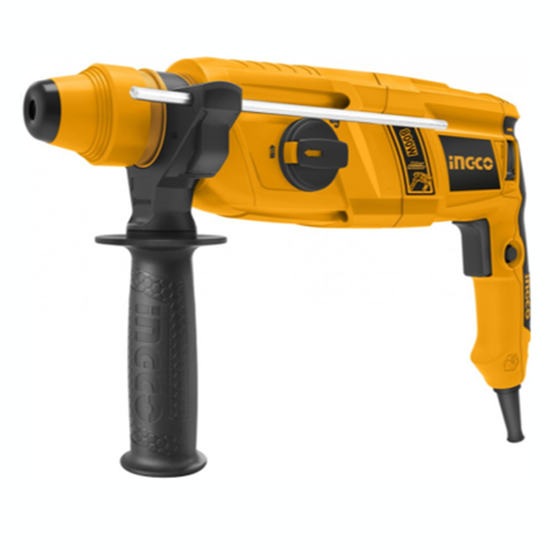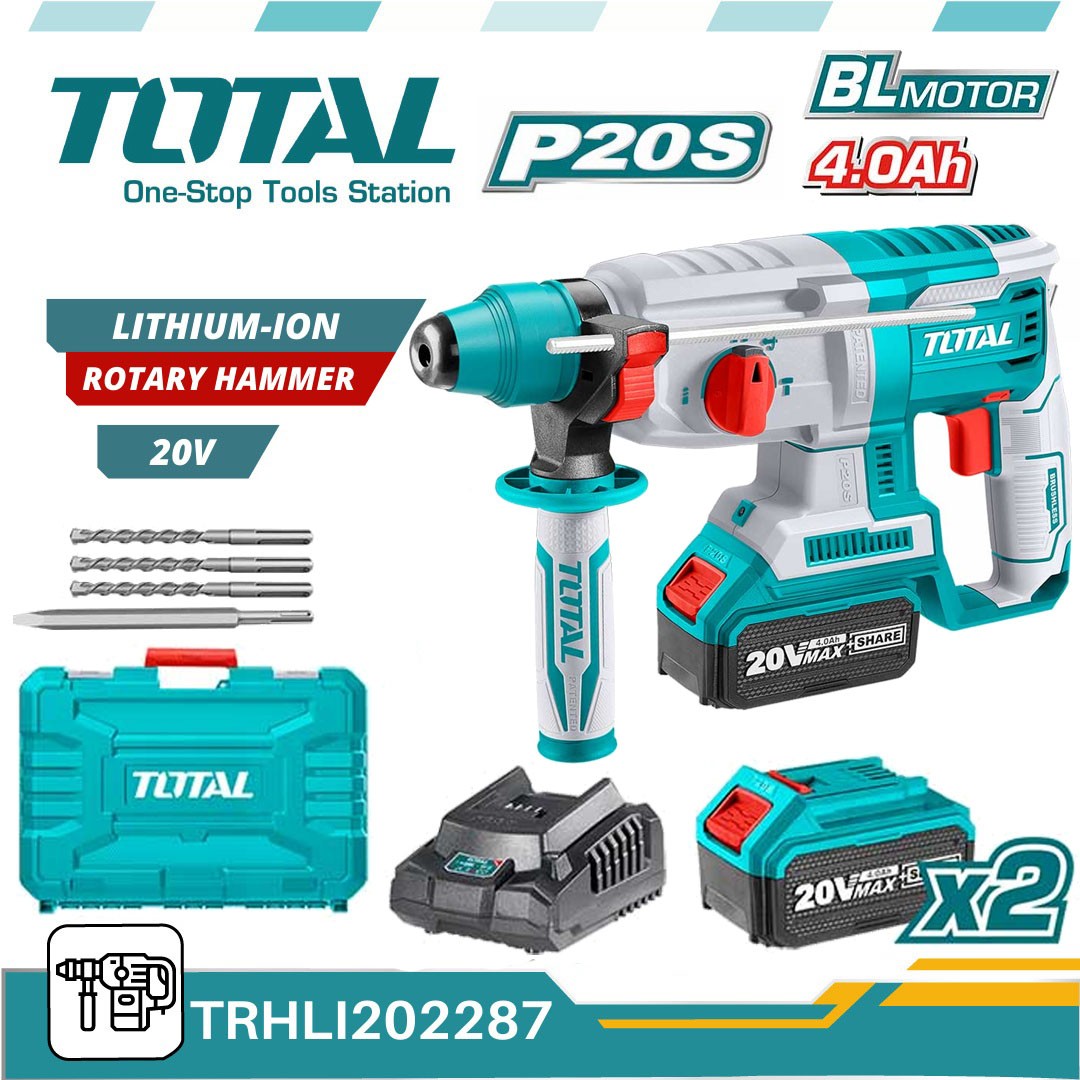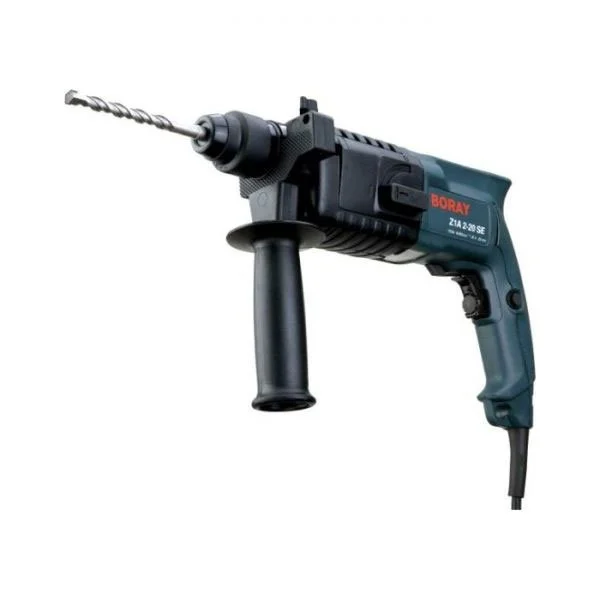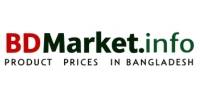Hammer Drill Machine Price In Bangladesh
When considering the dynamic construction market in Bangladesh, it’s fascinating to note how the price of hammer drill machines can vary significantly based on brand and functionality. With urban development continuously surging, the demand for reliable and robust machinery has become paramount. Yet, the price range can be quite broad, from BDT 2,000 to upwards of BDT 15,000, often depending on the torque and versatility required for various projects.
Diving deeper into the price landscape, the history of manufacturing and import tariffs plays a critical role in shaping the hammer drill market in Bangladesh. Historically, local manufacturers have tried to balance quality with cost, leading to intriguing price variations. Recent statistics indicate a sharp increase in demand, propelling the need for competitive pricing strategies. This push for cost-effectiveness ensures accessibility to small-scale builders, promoting growth in regional infrastructure projects.


Hammer Drill Machine Price in Bangladesh
In Bangladesh, the price of hammer drill machines varies based on several factors. The brand and technical features often dictate how much you will spend. For instance, higher-end brands typically offer machines with extra power and durability, which can be a more costly investment. According to the article, local brands tend to provide cost-effective options that are quite popular among homeowners and small contractors. These choices help cater to different needs and budgetary constraints.
Urban development plays a significant role in the fluctuations of these prices. As cities expand, the demand for efficient construction tools rises, leading to an increase in prices. Here is the post that touches on how this demand impacts price expectations across different regions. Having access to a variety of suppliers allows construction firms to choose the most suitable machines. This competitive market ensures that businesses can find options that fit their needs without compromising on quality.
Another factor affecting price is the cost of importing materials and machines. Import duties and taxes can make imported hammer drill machines more expensive in the local market. However, here is the article that reveals there are strategies to mitigate these costs, such as negotiating with local distributors. Despite the added charges, imported machines often feature cutting-edge technology. This offers a potential advantage for buyers looking for advanced solutions.
In recent years, the introduction of online marketplaces has further diversified the price range. Consumers now have access to numerous choices with just a few clicks, allowing them to compare features and prices. Many websites offer special discounts and package deals, making it easier to find good bargains. This convenience democratizes technology, giving both professionals and hobbyists improved access to quality tools. As the tools become more available, the construction landscape in Bangladesh continues to evolve.
Variation of Prices Based on Brand and Functionality
Hammer drill machine prices in Bangladesh are heavily influenced by the brand name. Well-known brands often come with a premium price due to their reputation for quality and reliability. Buyers tend to trust these brands for their durability and efficiency in tough jobs. In contrast, lesser-known brands offer more budget-friendly options, making them attractive for those looking to save money. This pricing strategy helps cater to a wide range of customers.
The functionality of a hammer drill is another key factor that affects its price. Machines with high torque and multiple speed settings typically cost more. They are designed for heavy-duty tasks, which can justify the higher cost. Yet, for basic home projects, a simpler model with fewer features may be just enough. This allows consumers to decide based on the specific tools they need.
For better understanding, consider this table that outlines some popular brands and their price ranges:
| Brand | Price Range (BDT) |
|---|---|
| Brand A | 3,000 – 6,000 |
| Brand B | 4,500 – 10,000 |
| Brand C | 2,000 – 5,000 |
Different models serve varied purposes, allowing consumers to select tools that best fit their needs and budgets. People who frequently tackle complex jobs may opt for models with more advanced settings. On the other hand, hobbyists and DIY enthusiasts might choose more economical options. By offering a range of choices, manufacturers can appeal to a broad audience while ensuring that everyone finds a tool that matches their requirements.
Role of Urban Development on Hammer Drill Prices
Urban development has a substantial impact on the pricing of hammer drill machines. As cities grow, the demand for construction tools like hammer drills increases. More buildings mean more construction works, which require sturdy and reliable equipment. Consequently, manufacturers may adjust their prices in response to this heightened demand. This trend is common in rapidly developing urban areas.
The surge in construction activities often leads to increased competition among suppliers. Many sellers aim to attract buyers by offering competitive prices or unique features. Some even offer bundled deals to provide value to construction firms. With multiple options available, businesses can choose tools that fit their budgets and project requirements. This competition benefits both large construction companies and smaller contractors.
As development projects vary in size and complexity, so do the tools required for them. Larger projects might need high-performance hammer drills, which can be pricey. Smaller, less complex projects might manage with standard tools that are more affordable. This is why there’s such a range of prices and models in the market. Different tools serve distinct purposes, meeting diverse project needs.
Here’s a list of factors that link urban development and hammer drill prices:
- Increased demand due to new construction projects
- Competition among suppliers
- Varied project requirements
- Advances in drill technology
This linkage between urban growth and tool pricing illustrates how changes in one sector can ripple through other areas. Understanding these dynamics helps stakeholders make informed decisions in an evolving market.
Understanding Manufacturing Costs and Import Tariffs
Manufacturing costs play a crucial role in determining the final price of a hammer drill. These costs include raw materials, labor, and overhead expenses like electricity and machinery maintenance. Companies must manage these expenses carefully to offer competitive prices. To produce high-quality drills, manufacturers often invest in advanced technology and skilled workers. This investment can elevate the product’s price but ensures reliability and performance.
Import tariffs significantly impact the pricing of hammer drills, especially in markets reliant on imported goods. Tariffs are taxes imposed on imported items to protect local industries and generate revenue for the government. For hammer drills shipped to Bangladesh, these tariffs can elevate the cost. Importers may pass these costs onto consumers, resulting in higher prices for the end-user. This can make imported models less affordable compared to locally-made options.
Here’s a table highlighting typical expenses manufacturers face and the influence of tariffs:
| Expense Type | Impact on Price |
|---|---|
| Raw Materials | High-quality materials increase costs |
| Labor | Skilled labor can raise manufacturing costs |
| Import Tariffs | Taxes on imports affect retail prices |
In some cases, manufacturers and importers explore ways to reduce these costs. One method includes negotiating tariff rates with trade partners to alleviate tax burdens. Companies may also look into sourcing materials domestically to minimize import reliance. By optimizing the supply chain, businesses aim to offer competitive prices without sacrificing quality. These strategies help keep product costs in check and maintain consumer interest.
In the end, understanding these costs is vital for both manufacturers and buyers. For companies, it helps make smarter production decisions. For consumers, knowing how tariffs and manufacturing expenses impact prices can guide better purchasing choices. By being aware of these elements, everyone involved benefits in the long run.
The Trend of Hammer Drill Machine Price Fluctuation
Hammer drill machine prices are known to fluctuate based on several factors. Market demand plays a significant role; when the demand for drilling projects spikes, prices often follow suit. Conversely, during slower periods, prices might dip to encourage more buying. Seasonal trends, like construction booms in certain months, also impact costs. These fluctuations keep both consumers and businesses alert to price changes.
Economic conditions can also sway the price of hammer drills. When the economy is strong, people tend to invest more in home improvement projects, boosting demand and prices. Economic downturns usually have the opposite effect, with decreased spending and lower prices. This economic cycle influences many industries, including those dealing with construction tools. Observing economic news can give clues on potential price movements.
Technological advancements in hammer drills are another factor influencing price trends. Newer models with enhanced features often come with a higher price tag. As these technologies become more common, older models might see a price reduction, allowing for greater accessibility. The rapid pace of innovation can lead to regular updates in product lines and pricing structures. This ongoing evolution keeps the market dynamic.
Here’s a list of key factors affecting price trends:
- Market demand and seasonality
- Economic conditions
- Technological advancements
- Competition among brands
The competitive landscape of the industry also plays a part in price shifts. With many brands vying for consumer attention, promotional pricing becomes a common strategy. Discounts and special offers can temporarily lower prices, sometimes aligning with sales events or seasonal promotions. These price changes can be enticing for budget-conscious buyers looking at acquiring new tools. Understanding these market dynamics can aid in making informed purchasing decisions.
Impact of Competitive Pricing Strategies on the Business Landscape
In the world of hammer drills, competitive pricing strategies significantly influence the business landscape. Companies often adjust their prices to attract more customers and outperform rivals. This tactic can broaden their market reach but may also lead to lower profit margins. By offering discounts or special deals, businesses aim to capture more attention, especially during peak seasons. This competition fosters innovation and efficiency in operations.
One common strategy is price matching, where a company lowers its prices to match a competitor’s offer. This helps retain customers who might consider switching brands for better deals. Additionally, brands may introduce bundle deals that provide multiple products for a reduced price, incentivizing bulk purchases. Such offers increase customer loyalty and volume sales. Through these attractive deals, brands can maintain a competitive edge.
Dynamic pricing is another method often used in competitive markets. Prices can change frequently based on factors like demand, time of purchase, or inventory levels. This flexibility allows companies to maximize revenue while meeting consumer needs. As a result, businesses stay responsive to market shifts, ensuring they remain relevant and competitive. It highlights the importance of being adaptable in today’s fast-paced business environment.
Here’s a table showing different competitive pricing strategies and their effects:
| Strategy | Effect |
|---|---|
| Price Matching | Retains customer base |
| Bundle Deals | Increases volume sales |
| Dynamic Pricing | Adapts to market changes |
Such competitive tactics can also foster innovation within businesses. To stand out, companies may invest in research and development for new features or improve product quality. These advancements not only support competitive pricing but can also lead to better customer satisfaction. As companies strive to offer the best value, consumers benefit from improved products and services. This continuous push for excellence shapes the entire industry landscape.

Frequently Asked Questions
Explore key insights about hammer drill machines, their usage, and factors influencing their prices. These questions address common queries to enhance understanding for both beginners and experts.
1. What is a hammer drill machine used for?
A hammer drill machine is primarily used for drilling holes into hard materials like concrete, brick, and stone. It incorporates a hammering action that helps the drill break into these tough surfaces with greater ease and efficiency.
This tool is essential for construction projects and home renovations, where precise and powerful drilling is required. Its multifunctional ability makes it suitable for different types of jobs, enhancing its overall utility.
2. How does a hammer drill differ from a regular drill?
A hammer drill provides a hammering effect along with the usual rotary movement of a regular drill. This additional feature allows it to penetrate harder surfaces that a standard drill might struggle with, making it ideal for heavy-duty tasks.
Regular drills are better suited for basic tasks like drilling into wood or metal. In contrast, hammer drills are designed for more demanding jobs, providing versatility and power where it’s needed most.
3. Are hammer drill machines available for rent in Bangladesh?
Yes, many hardware stores in Bangladesh offer hammer drill machines for rent, catering to those who need them for short-term projects. Renting can be a cost-effective option for users who don’t require a drill regularly but have a temporary need for one.
This availability supports small businesses and DIY enthusiasts, providing access to quality tools without the need for a full purchase. It’s an economical way to complete projects efficiently without compromising on quality equipment.
4. What are the key features to consider when buying a hammer drill?
When purchasing a hammer drill, important features include power, speed control, and the drill’s weight and size. Ensuring the drill has adequate power and speed settings will make it versatile for various tasks.
Additionally, comfort and handling should be considered to ensure that it can be used effectively over longer periods. A balanced combination of these features leads to a more satisfactory and efficient tool for your projects.
5. How do technological advancements impact hammer drill efficiency?
Technological advancements in hammer drills enhance performance by incorporating better motor designs and battery technologies. These improvements result in drills that are more efficient, providing longer running times and more consistent power.
Furthermore, innovations like ergonomic designs and vibration reduction features have made drills easier and safer to use. As technology advances, hammer drills become more accessible and user-friendly, meeting modern construction needs.
Concluding Thoughts on Hammer Drill Machines
In the vibrant market of Bangladesh, hammer drill machines play a crucial role in construction and home improvement projects. With varying prices influenced by factors like brand, functionality, and economic conditions, choosing the right tool requires informed decision-making. This landscape offers both challenges and opportunities for professionals and enthusiasts alike.
Understanding the nuances of these tools enhances their utility and ensures buyers receive value for their investment. As technologies advance, hammer drills continue to evolve, offering more capabilities and efficiency. Staying updated with market trends and innovative features is essential for leveraging the full potential of these machines.
